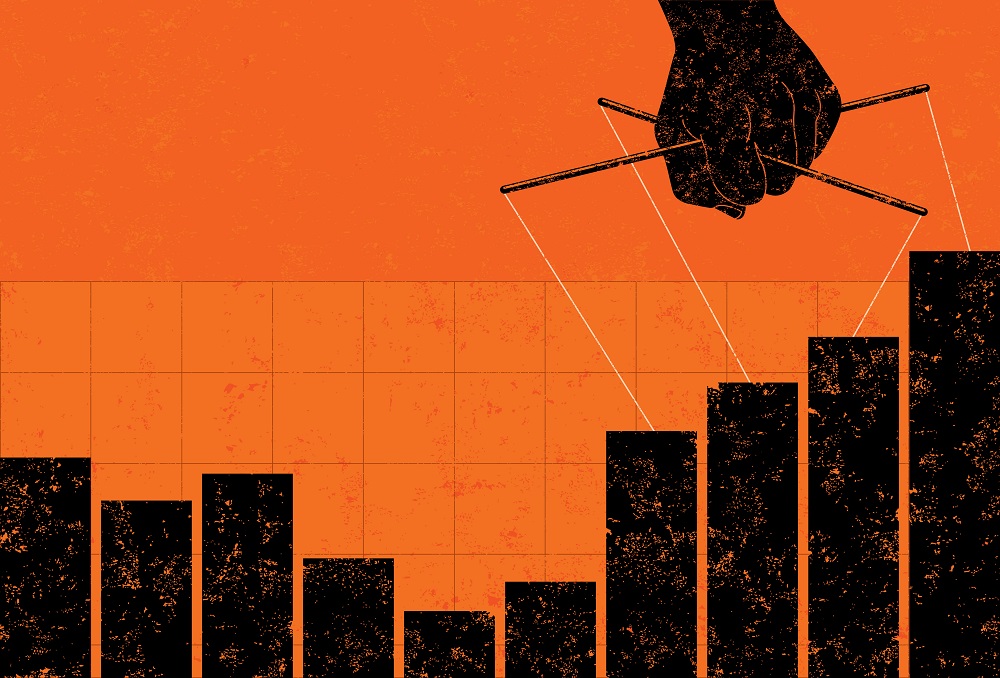Speculation is, unfortunately an integral part of cryptocurrency these days. The current prices for individual coins and tokens are largely based on speculation, which shouldn’t surprise anyone. It is also not entirely surprising there are things such as buy walls and sell walls, both of which influence the price quite a bit. Now is a good time to discuss the purpose of such walls
Buy and Sell Walls Control Cryptocurrency Markets
It is not hard to see why buy and sell walls are forming across exchanges. In virtually every market, there are massive buy and sell orders for every popular currency. This is the case for Bitcoin, Litecoin, Ethereum, and any other coin generating over 500 Bitcoin in trading volume. There are a lot of people who bought these currencies at a low price, and aim to cash out as quickly as possible.
Moreover, large cryptocurrency holders, also known as whales, effectively manipulate cryptocurrency prices whenever they can. It is not in their best interest to let currencies break out above a certain level until they are accumulating. A sell wall is often an artificial oppression mechanism to keep prices well below the maximum threshold so the whales can buy up a lot of cheaper coins. If you have the money to manipulate a market, it is only to be expected someone will try to do exactly that.
However, contrary to what some people believe, buy and sell walls are not native to one trader specifically. Once larger buy and sell orders appear, it is only normal others will place their respective readers at that same price point. Moreover, exchanges will hardly ever create buy and sell walls on their own accord, unless it is subject to an existing agreement In most cases, such agreements pertain to an ICO where the developers will agree to buy back an amount of coins at a certain price.
One thing that will always remain a big question is whether or not there is any specific “strategy” associated with keeping prices down other than from a speculative point of view. It does not appear there is a reason for spontaneous large buy and sell orders to appear unless someone is looking to manipulate the market. Many different trading strategies exist, but buy or sell walls are not part of them by any means.
On the other hand, sell walls are often seen as an indication of serious liquidity. That is a good thing, as it shows there are a lot of coins available for purchase. Then again, without enough buy demand, there is very little point in putting up active sell orders. In those cases, whales would prefer to dump their coins on the market and fill existing buy orders. A lot of buy walls will often attract large holders who are looking to offload their coins.
One thing worth noting about large buy and sell orders. In a lot of cases, these orders will only appear for a brief period of time, and then get removed altogether. It is equally possible these orders are moved up or down depending on how the market responds to noticing these walls. This type of behavior has become a lot more apparent since the Mt. Gox order book manipulation several years ago. It is evident market makers still rely on large walls, although their impact is sometimes rather neglectable.
If you liked this article, follow us on Twitter @themerklenews and make sure to subscribe to our newsletter to receive the latest bitcoin, cryptocurrency, and technology news.

